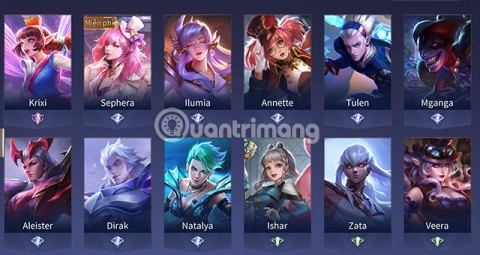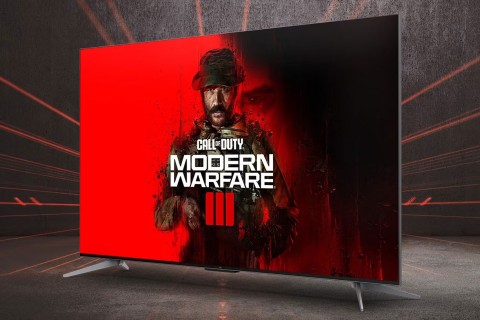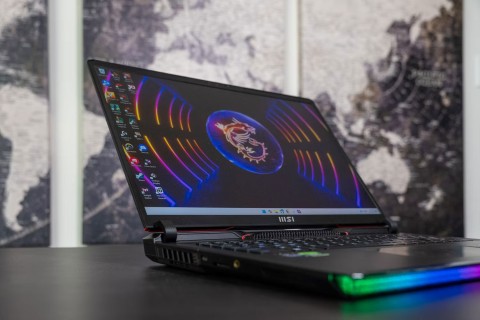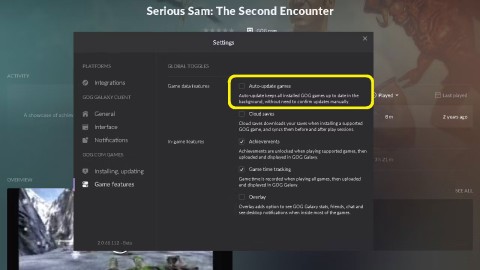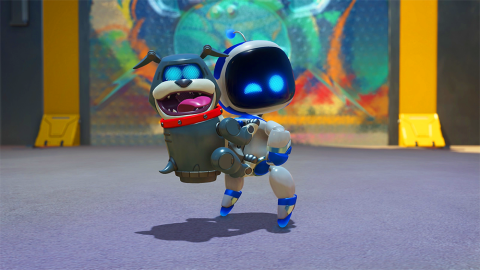In the eyes of many, "Mac" and "gaming" are two almost opposite concepts that are not meant for each other. But few people know that Apple has had a long and tumultuous history with the gaming world, with unbelievable ups and downs. Every time it seemed like Apple was about to become a "gaming empire", they made decisions that caused everything to fall apart, only to then quietly rebuild from scratch. Currently, Mac gaming seems to be on the strongest recovery path ever, and now is the time to look back on this thorny but no less interesting journey.
The Glorious Early Days: Apple II - the Legendary Gaming Machine
In 1977, the Apple II was released and quickly became one of the most important gaming platforms in history. It was one of the first personal computers to support a color screen with sharp graphics (by the standards of the time). The Apple II was sold for 16 years with many upgraded versions, and a total of 5-6 million units were sold, becoming a familiar sight in schools.
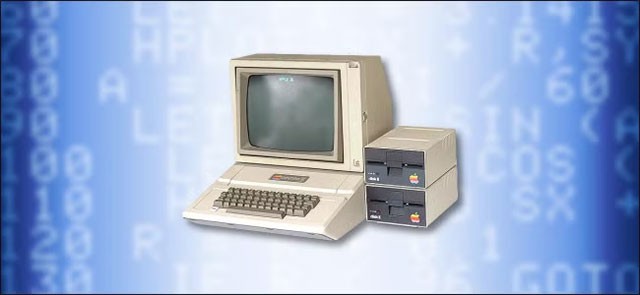
The Apple II's game library is so vast that it's hard to keep a running tally. MobyGames lists nearly 3,000 titles, but the actual number is likely much higher if you include versions that required special hardware. It's worth noting that many classics debuted on the Apple II, like Prince of Persia and Oregon Trail, along with a host of other notable titles, including Castle Wolfenstein, Karateka, Wizardry, and Choplifter.
It can be said that if you were a gamer in the 1980s, owning an Apple II meant you were holding one of the best gaming experiences of that time.
First Step Back: The Original Macintosh
After the huge success of the Apple II, people expected Apple to launch an even more outstanding product. But the reality was completely opposite. The first Macintosh (1984) only had a black and white screen and was aimed at business people and office workers instead of gamers.
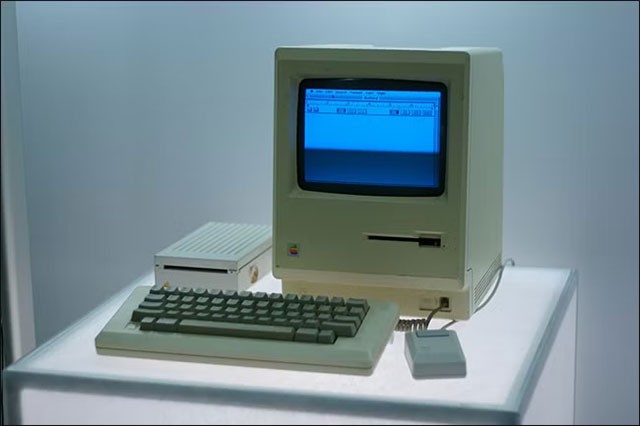
Despite its sharp graphics and a few custom games, the Macintosh could not compete with the vast and colorful game library of the Apple II. Many users even kept the Apple II just to continue playing games while the Macintosh handled work tasks.
Of course, the Macintosh can't be blamed entirely because it wasn't designed to be a gaming machine. But it's clear that Apple has lost its gaming credentials, allowing other competitors to overtake it.
The Second Golden Age
From the Mac II onwards, colour returned to Apple computers, and with it came the explosion of high-end gaming. This was a time when if you wanted to experience the latest in multimedia gaming technology, the Mac was the number one choice.
Titles like Myst, Marathon (from Bungie, the precursor to Halo), SimCity, Civilization, The Journeyman Project brought live-action video, digital audio, and early 3D graphics to Apple users. Even when these titles were available on multiple platforms, the Mac versions were often rated higher due to superior performance.
Pippin disaster: console dreams shattered
In 1996, Apple tried its hand at consoles with a collaboration with Bandai called the Pippin. It was a Mac that had been modified to play games, but could also run other software. Apple hoped the Pippin would be a gateway into the living room, but it quickly turned into a disaster.
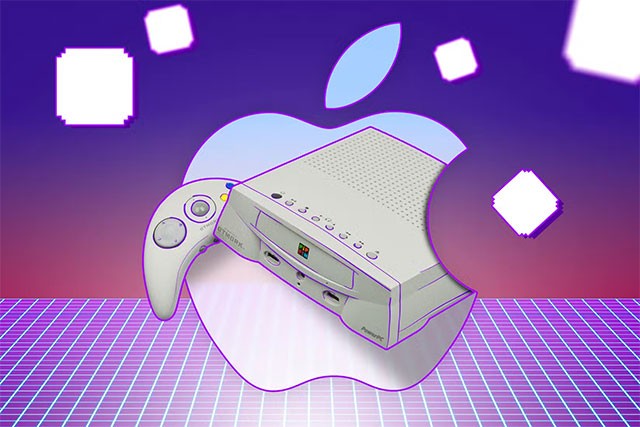
The biggest problem was the price: $599 (equivalent to $1,200 today), two to three times more expensive than Nintendo or Sony consoles. At that price, it’s no surprise that the Pippin was a hit with consumers. Only about 42,000 units were sold, and the project was quickly canceled.
The Intel Era: Bootcamp and the Death of Native Gaming
In the 2000s, Apple switched from PowerPC chips to Intel, opening up the ability to run Windows through Bootcamp. This allowed gamers to boot into Windows to play PC games with ease.
Bootcamp seemed like a step forward, but it turned out to be a double-edged sword. Developers no longer had the incentive to create native games for macOS, since users could already play Windows games on their Macs. As a result, the Mac gaming market has been sluggish.
The Apple Silicon Era: New Hope
In 2020, Apple officially parted ways with Intel and switched to using its own designed chips - Apple Silicon. With superior power, energy efficiency and effective heat dissipation, the M1, M2, M3, M4 chips have opened a new chapter for gaming on Mac.

Well-optimized games like Baldur's Gate 3 and Resident Evil Village run incredibly smoothly, even on par with high-end PC gaming machines. But there are still barriers like the proprietary Metal API, or Apple's sudden removal of 32-bit support, which leaves thousands of older games unplayable.
Will history repeat itself?
Apple’s journey into gaming has been a series of bold decisions, costly mistakes, and relentless attempts to bounce back. Now, with the power of Apple Silicon, the Mac has its best chance yet of becoming a formidable gaming platform.
But the big question remains: Is Apple really serious about gaming, or will it just screw things up like it has in the past? Only time will tell.
What do you think about the future of gaming on Mac? Share your thoughts in the comments!
